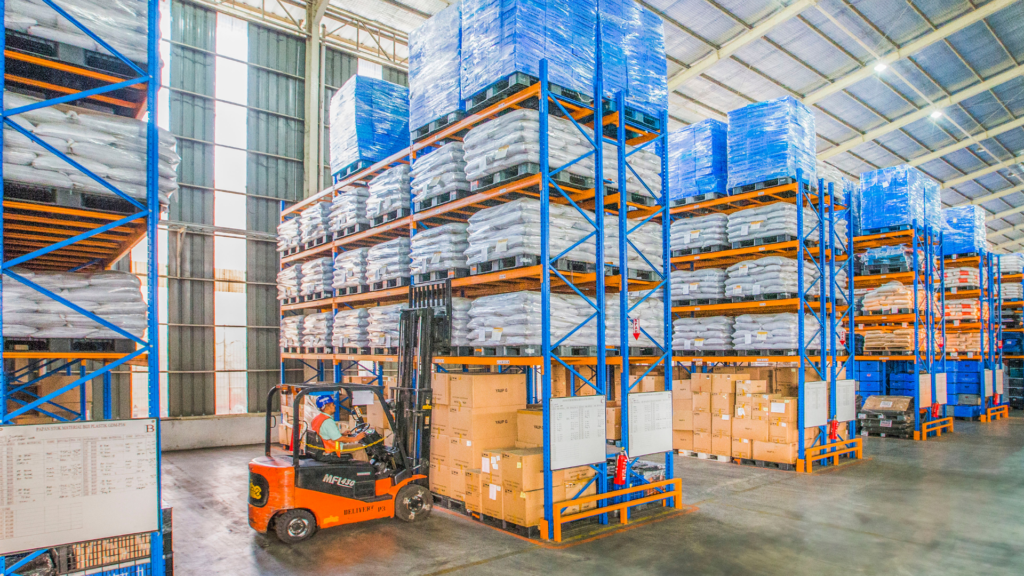Amazon is setting a new benchmark in warehouse automation with the introduction of Vulcan, a robot that goes beyond traditional picking machines thanks to its groundbreaking sense of touch. Unveiled in May 2025, this advanced robot represents a significant leap in robotics technology, aiming to transform how Amazon manages and moves inventory within its enormous fulfillment centers.
What sets Vulcan apart
Unlike its predecessors, which rely mainly on computer vision and basic gripping mechanisms, Vulcan is designed with artificial tactile sensors. These sensors allow Vulcan to “feel” objects much like a human does, making it possible to manipulate fragile or irregularly shaped items with a higher degree of care. The integration of this technology means the robot can pick up objects it might not recognize by sight alone, reducing the risk of damages and improving efficiency in parcel handling.
Impact on Amazon’s warehouse operations
Amazon’s fulfillment centers are known for their immense scale and operational complexity. By introducing Vulcan, Amazon anticipates a boost in the speed and precision of inventory handling. The robot’s touch capability allows it to work alongside human colleagues in picking, sorting, and stowing various products, from electronics to household items. This innovation is expected not only to increase productivity but also enhance workplace safety by taking over tasks that are repetitive or physically demanding for human workers.
Visit our website for more news on industrial/commercial real estate.
The role of robotics in Amazon’s strategy
The deployment of Vulcan highlights Amazon’s ongoing investment in robotics to streamline logistics and maintain its competitive edge in the e-commerce market. Over the past decade, Amazon has introduced several generations of robots, primarily for moving shelves and bins, but Vulcan’s tactile sensitivity marks a major advance.
With more sophisticated robots like Vulcan, the company aims to address challenges such as labor shortages, order surges, and the need for more flexible handling of diverse product types in its warehouses.
You can also read: How tariffs and trade policies reshape industrial warehouse demand in the U.S.
Future prospects and implications
Looking ahead, Amazon’s embrace of tactile robots signals a broader trend toward smarter, safer, and more adaptive automation in supply chains. Experts predict that touch-sensitive robots could one day become standard in many industries that require delicate handling, from pharmaceuticals to food logistics. As Vulcan begins its rollout, Amazon’s competitors and the robotics industry at large will be watching closely to see how touch-powered machines can redefine warehouse work.
If you found our article useful, please share it with others and don’t forget to follow us on Facebook, Instagram and LinkedIn as well as check out our services at agorare.com
This article was inspired by information published by The Verge. The original news piece explains Amazon’s launch of the Vulcan warehouse robot, emphasizing its unique touch capability and anticipated impact on warehouse processes.

